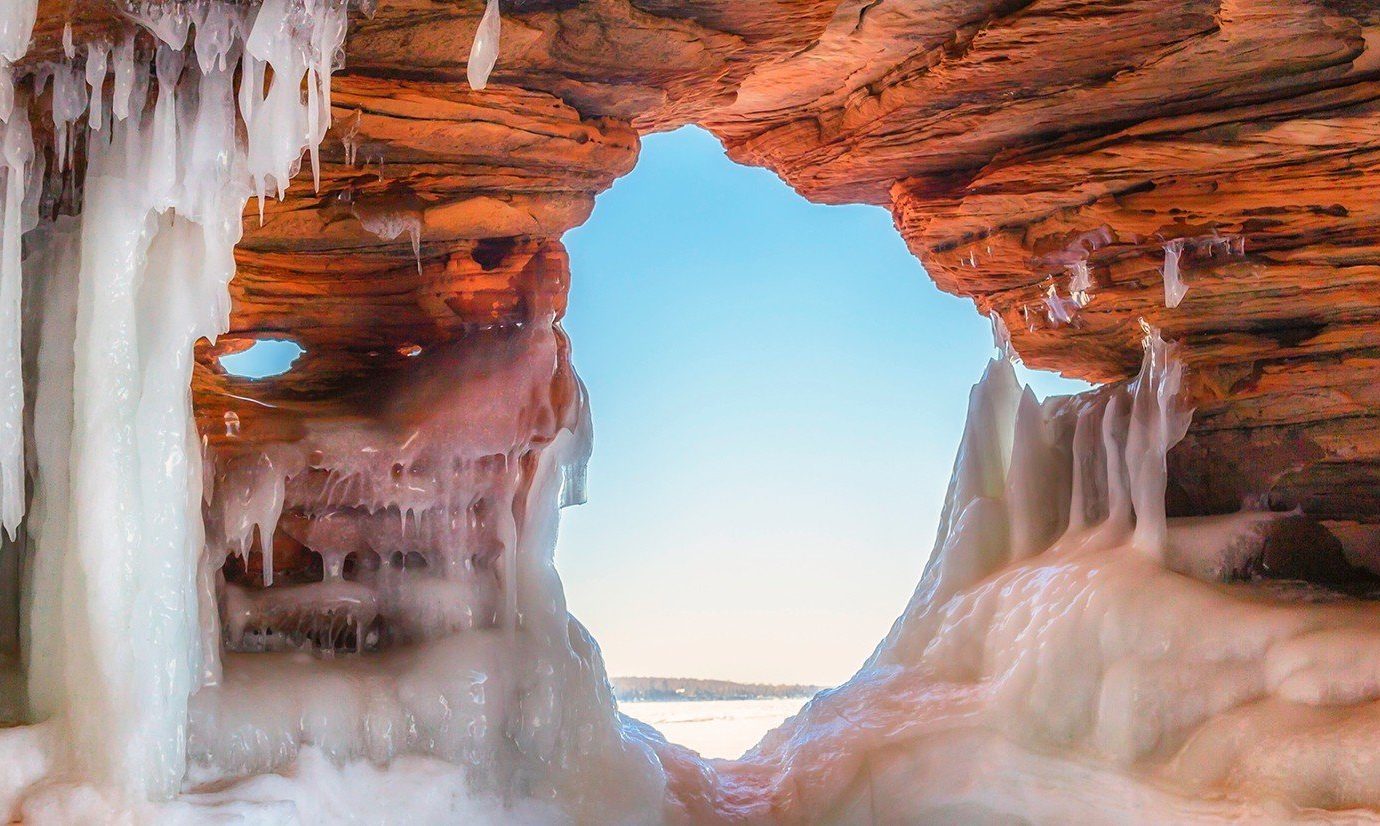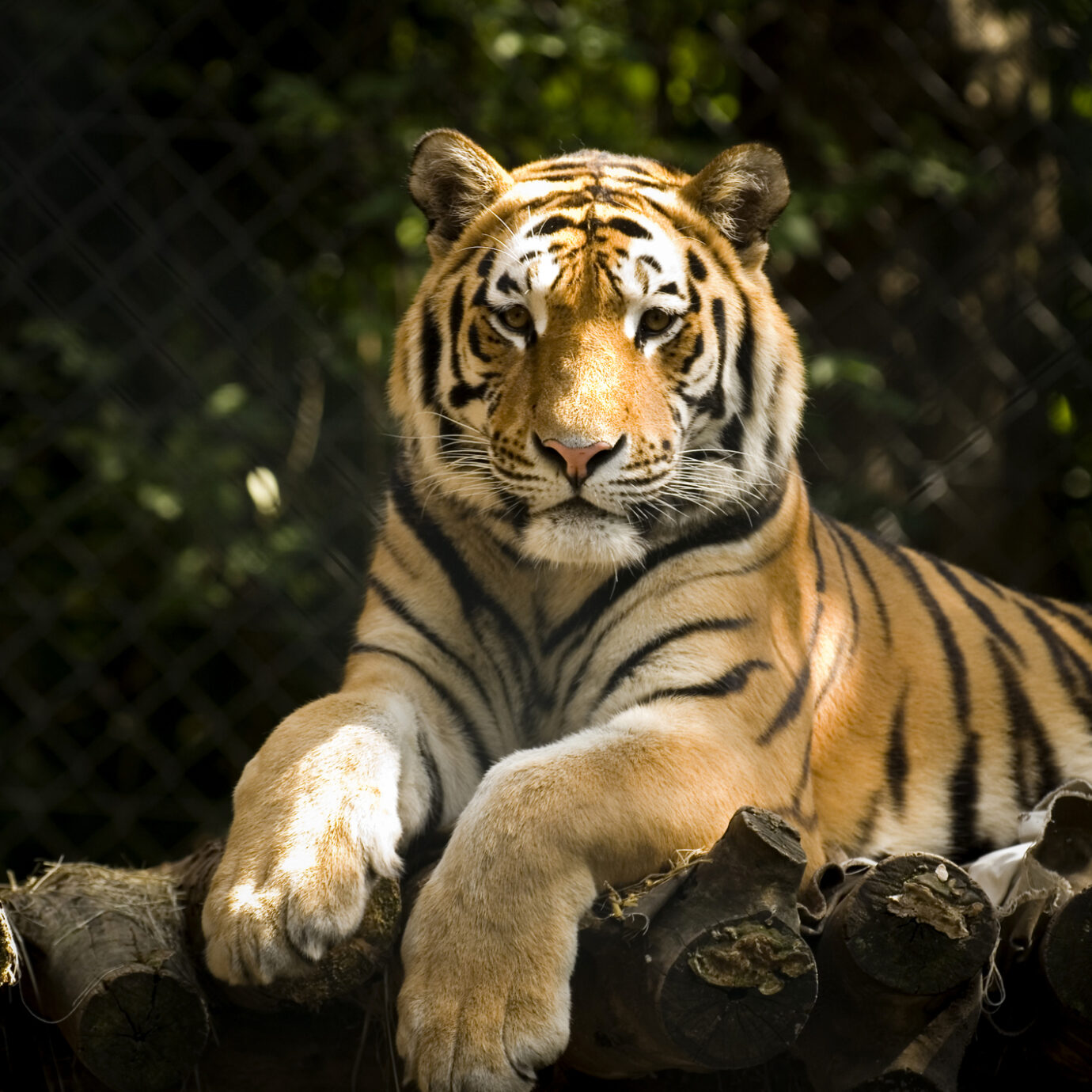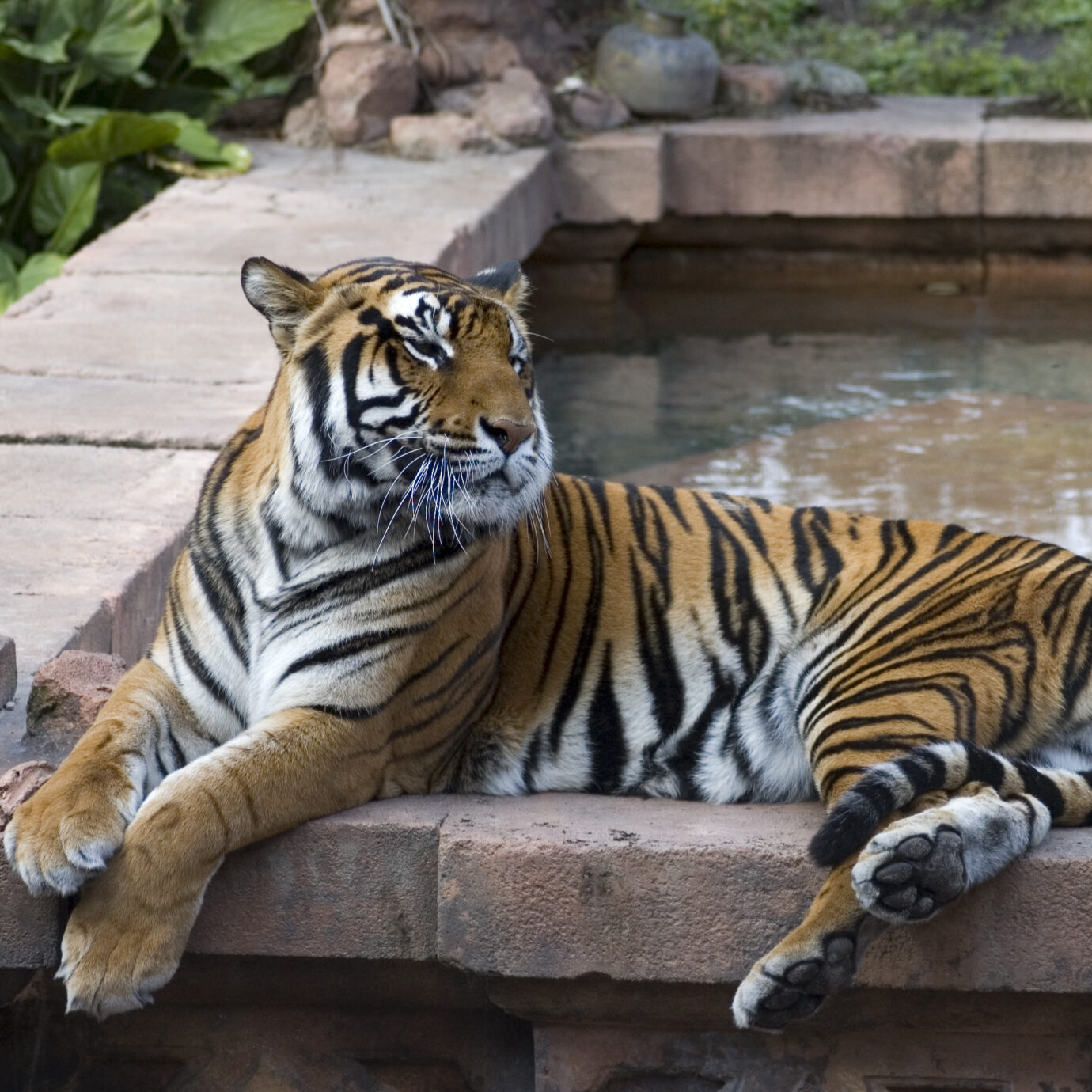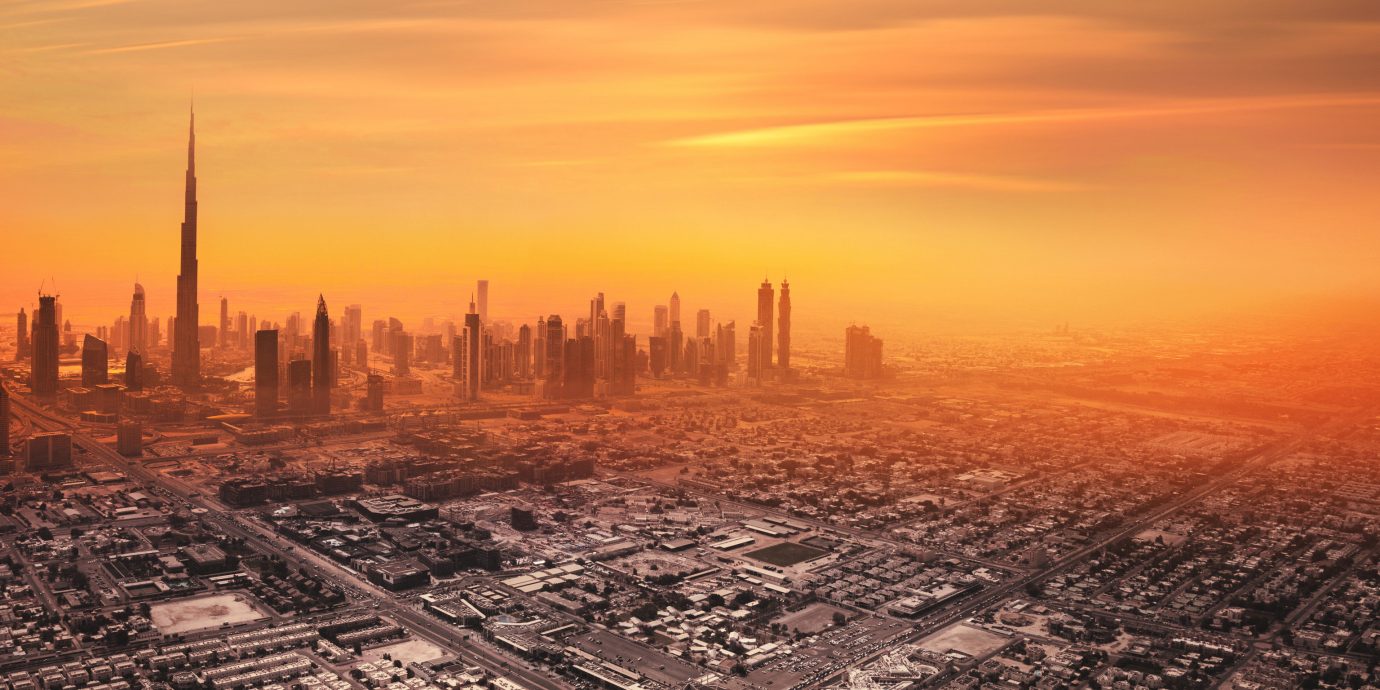
Dubai Sets its Sights on Mars with a Space Simulation City
This fall, Dubai announced its newest jaw-dropping development: the Mars Science City. The space-simulating project is the UAE’s latest bid to come first in the global race to the red planet.
A Brooklyn-based writer and editor, Chelsea's work has appeared in Matador Network, The Huffington Post, the TripAdvisor blog, and more. When not planning her next trip, you'll usually find her drinking way too much iced coffee (always iced—she’s from New England) or bingeing a Netflix original series.
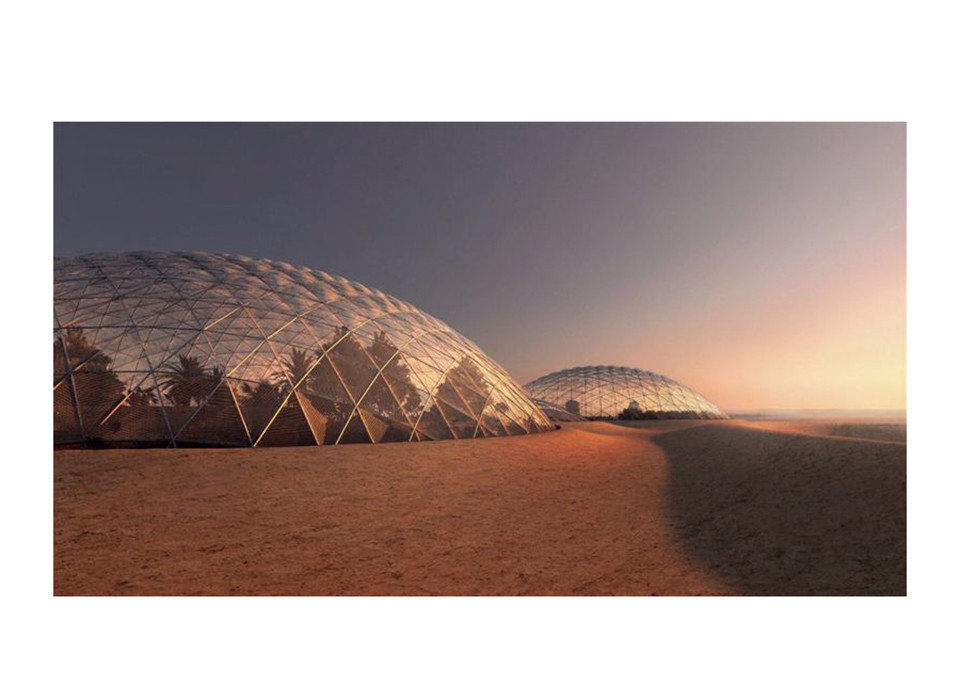
Dubai may be only a fraction of a fraction of the size of the U.S., but the city-state is known for pumping out all sorts of notion-defying oddities and attractions (see: underwater hotels, indoor ski parks, and Bugatti police cruisers). Next on the docket: a space simulation city—known as the Mars Science City project—meant to replicate the harsh conditions found on Mars.
The project is part of the Mars 2117 Strategy—debuted during the fifth World Government Summit—which seeks to build the first settlement on the red planet in the next 100 years. At the launch of the center, Vice President, Prime Minister, and Ruler of Dubai Sheikh Mohammed bin Rashid said, "The UAE seeks to establish international efforts to develop technologies that benefit humankind, and that establish the foundation of a better future for more generations to come."
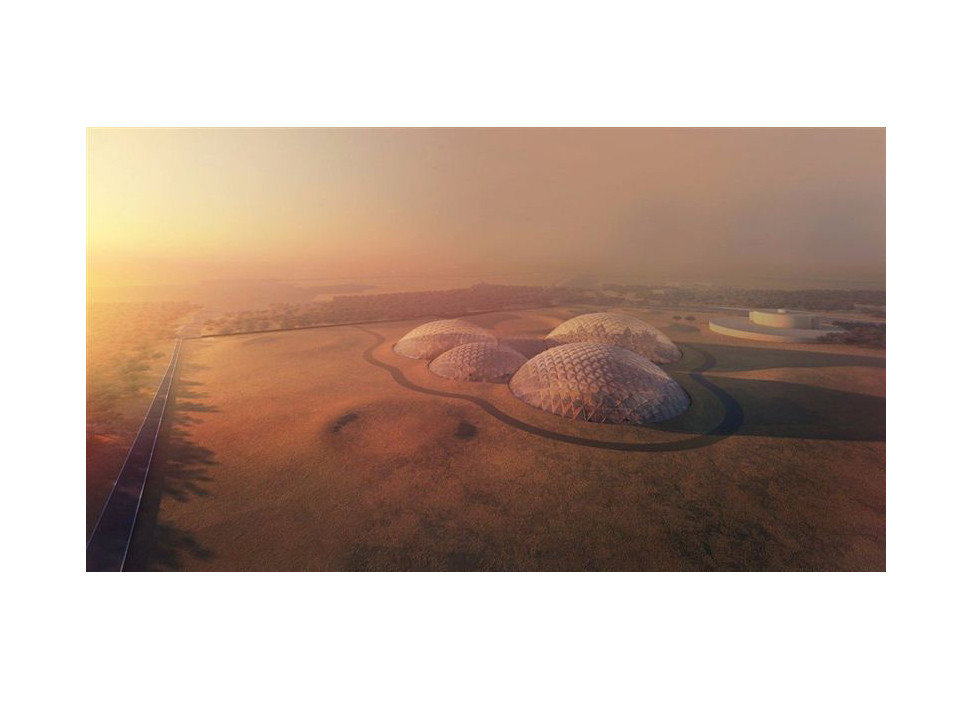
In true Dubai fashion, the desert settlement is officially the largest and most sophisticated space simulation city ever built, covering 1.9-million-square-feet and costing $135 million USD to build. The program’s main aim is to research self-sufficiency in energy, water, and food through a series of experiments conducted by a colony of scientists who will live in the hostile environment for a year.
Led by a team of Emirati scientists, engineers, and designers from the Mohammed bin Rashid Space Centre and Dubai Municipality, as well as internationally renowned Danish architect Bjarke Ingels, the city will be comprised of a series of domes and the planet’s harsh terrain will be recreated through 3D printing, and heat and radiation insulation.
The complex will encompass laboratories for food, energy, water, agricultural testing, and food security. There will also be a museum (with walls 3D printed from Emirati desert sand) which will showcase humanity’s greatest space achievements in an effort to engage young visitors and foster next-generation interest in space exploration.
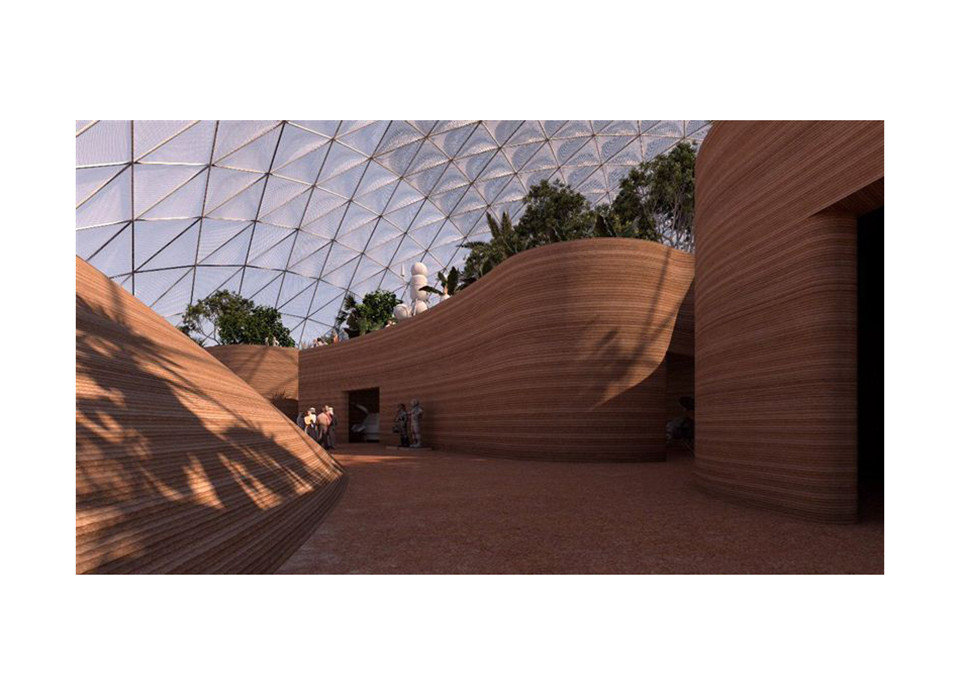
Want more?
- 17 Cozy Sweaters to Slip into This Winter
- The Best Long Weekend Winter Getaways in the US
- The Coolest Things to Do in Tokyo
Comments
All products are independently selected by our writers and editors. If you buy something through our links, Jetsetter may earn an affiliate commission.
Become a Jetsetter.
Use our insider connections to know where to go and what to do.
By proceeding, you agree to our Privacy Policy and Terms of Use.
Thanks for Signing Up!

